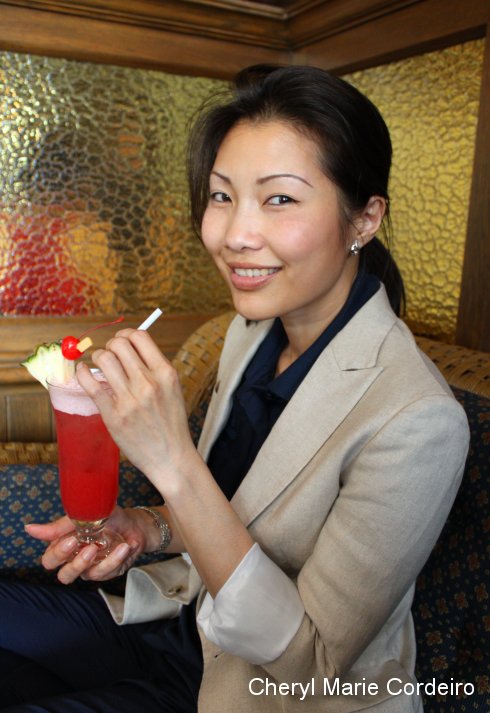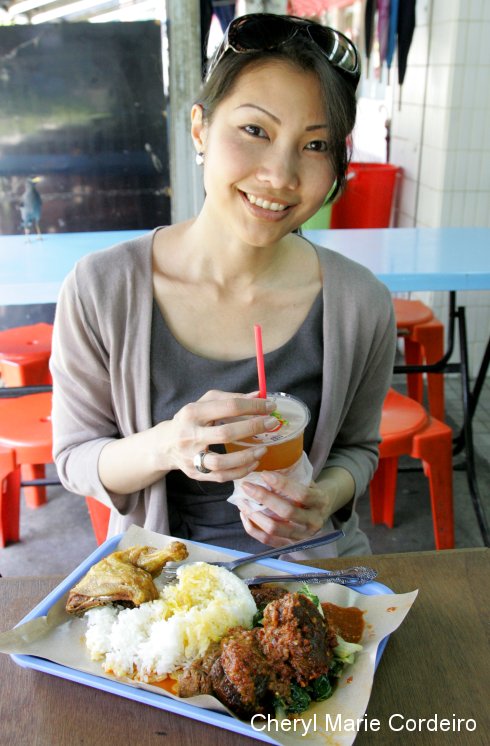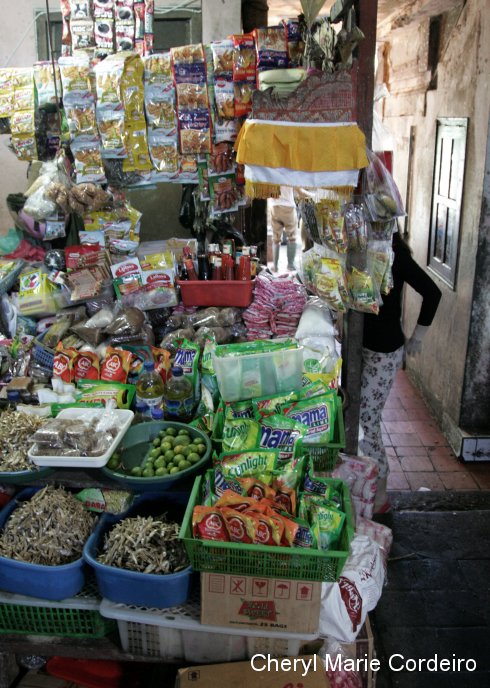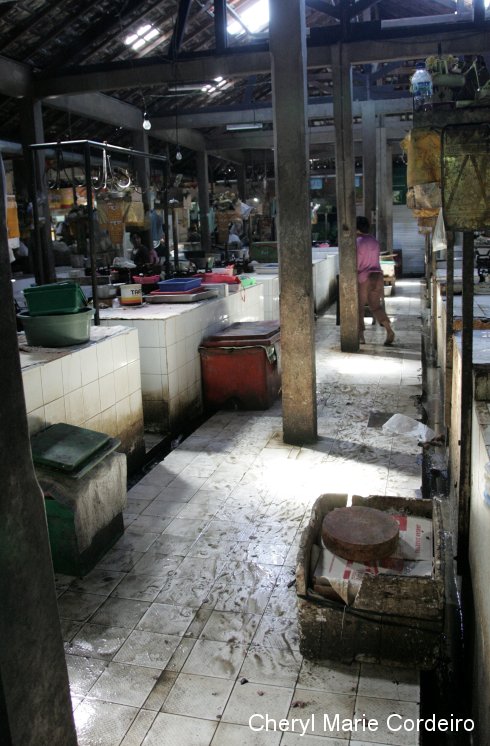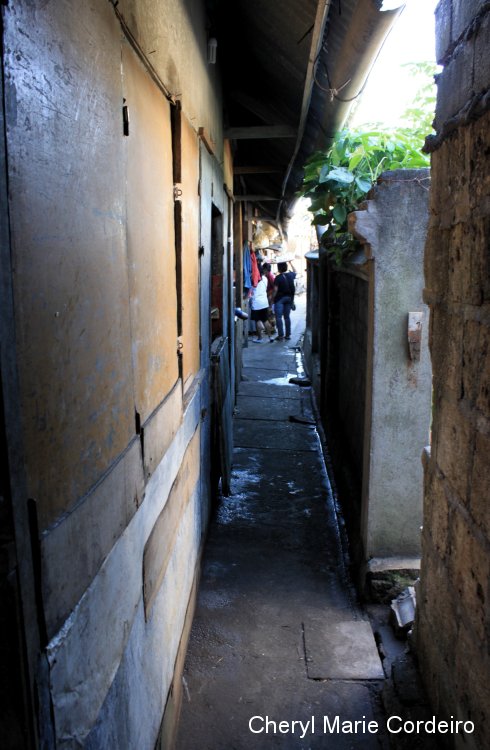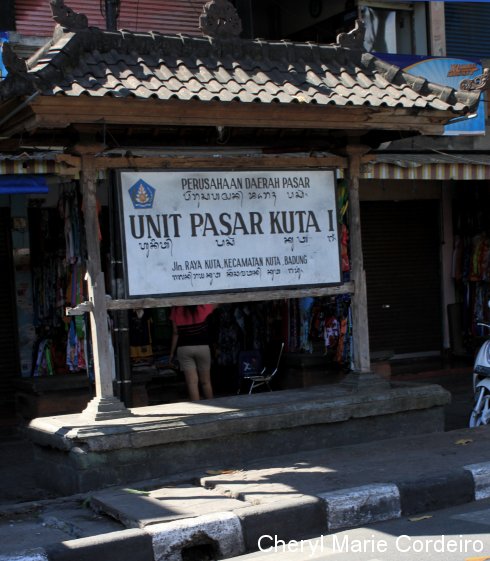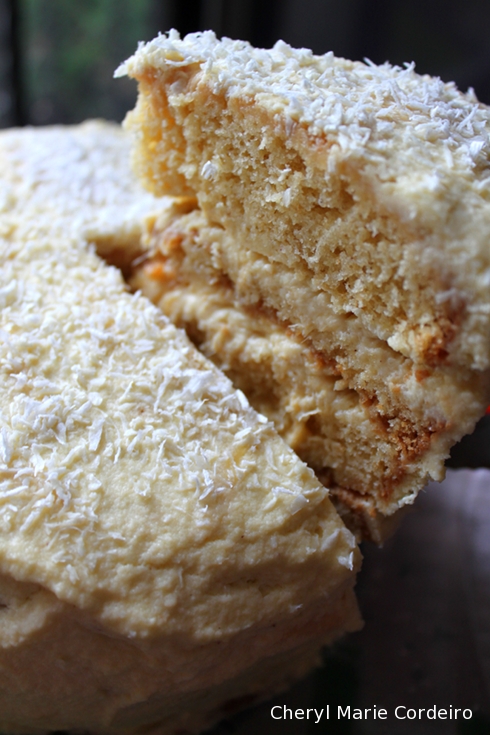
Durian Cake.
Text and Photo © CM Cordeiro 2012
Part of my culinary adventures is to combine bits and pieces of knowledge and inspirations picked up from one context and transfer that to a different context, in anticipation of the results. Besides which, I didn’t think I could get away being back in Singapore without cooking or baking with the family.
Continue reading “Durian Cake, Singapore”
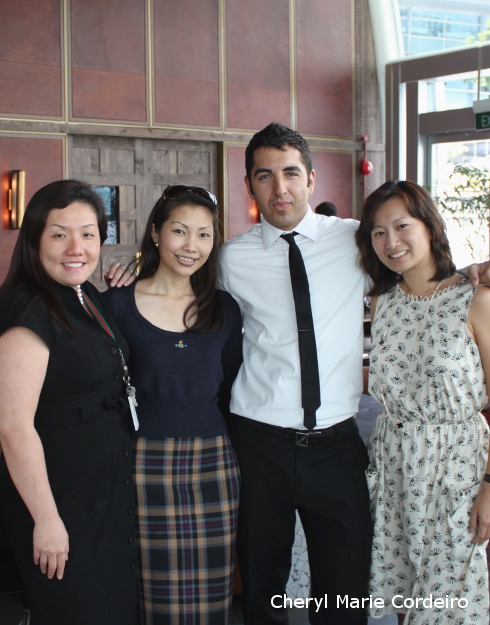
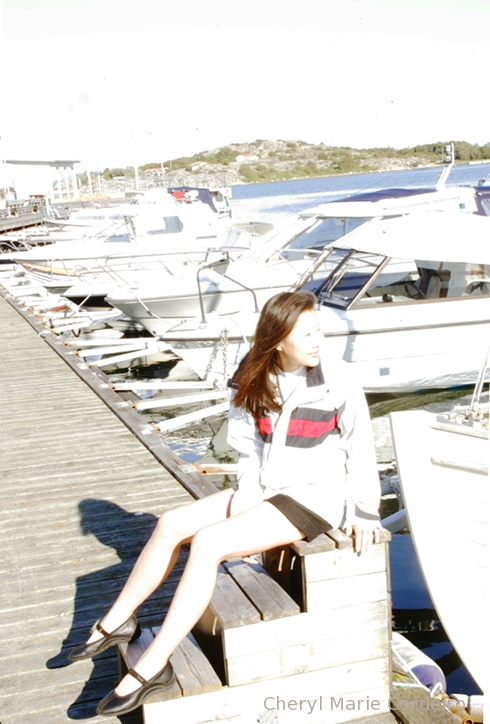
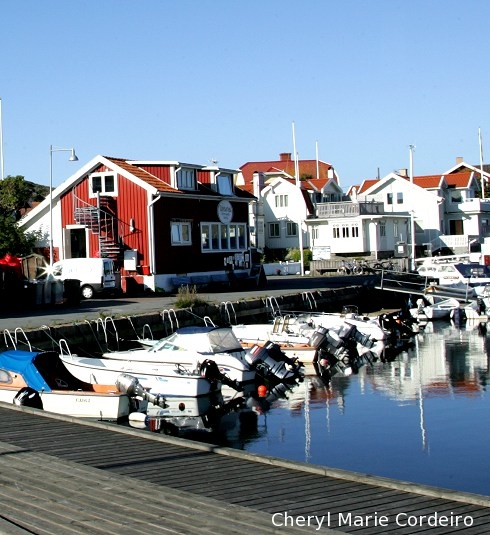
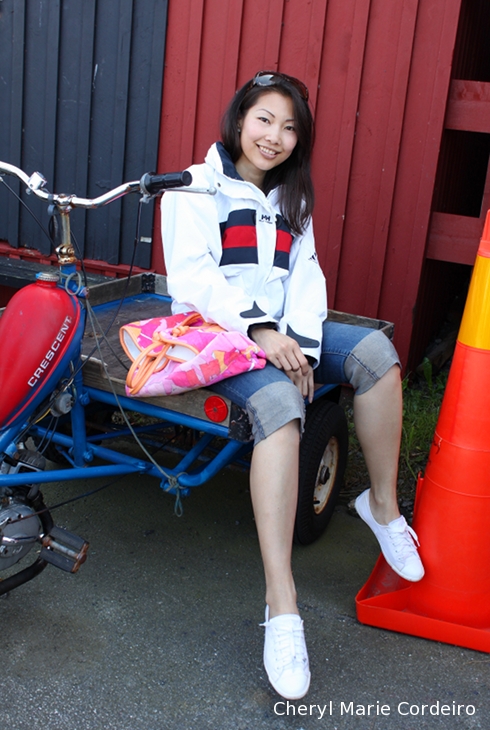
 On July 4, 2012, AsiaOne News ran an online article entitled “
On July 4, 2012, AsiaOne News ran an online article entitled “


